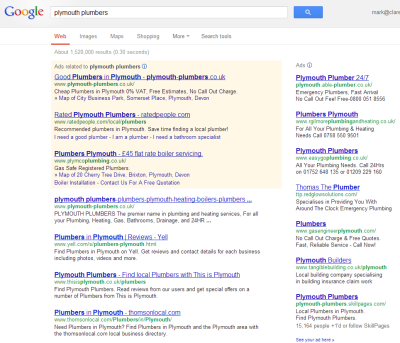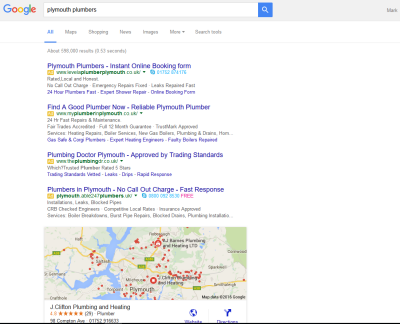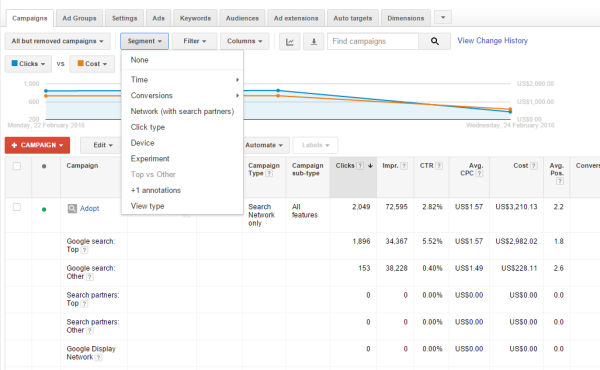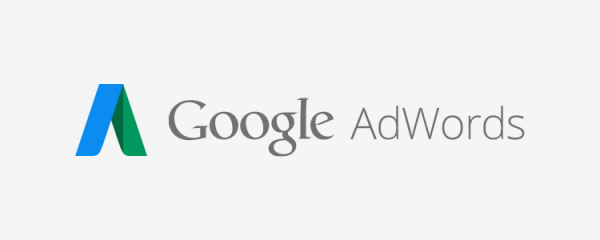Without any fanfare, Google is in the process of making the biggest change to its desktop (i.e. non-mobile) search results pages in years.
Here’s what a search for the phrase ‘plymouth plumbers’ used to look like:

…and here’s what the same search looks like when I run it now:

The map with local results for certain local searches (like ‘plymouth plumbers’) came in a while back. The big new change is that there are now four AdWords ads at the top instead of three and none on the right. (You can’t see them, but if you were to scroll down, you’d see two further Google Places results, then ten traditional organic search results and finally three more AdWords ads.)
The search results page will look slightly different at different resolutions, but one feature of the new search results pages is very important – organic (i.e. unpaid) search results don’t get very prominent screen positions at all. In the screenshot above, only the very top Google Places result appears without scrolling down (what web designers and online marketing people call ‘above the fold’). NONE of the regular organic results are above the fold. It’s long been known that click-through rates are massively higher for results above the desktop fold than below. People are lazy and don’t scroll down. (It’s slightly different for mobile, where scrolling down is a more routine part of the experience, but here we’re only talking about desktop.)
So how does this affect your business and what do you need to do about it?
Scenario 1: You use AdWords Search Advertising and generally try to get top-of-the-page positions
I’ve seen some online marketing people express concern that cost-per-click is going to rise (perhaps significantly) because everyone will now bid higher to get those top-of-the-page positions. The lower positions are no longer on the right above the fold, but way down at the bottom of the screen, so they’re much less attractive places to be for advertisers. It’s too early to know for sure, but my guess is that for a lot of searches (maybe even most), any increase in demand for the top-of-the-page results will broadly be offset by the extra supply of having that extra fourth top-of-the-page result.
Before the change, those top-of-the-page positions accounted for over 85% (source: Wordstream) of all AdWords Search clicks. That’s now almost certainly going to be even more – perhaps as many as 95-98% – but there are four positions to bid for rather than three. Advertisers in this scenario may well find that the best value for them is found in bidding to get an average position of 3 to 4.
(This all depends on the competitiveness of the search term and the nature of what you’re selling. If you’re selling something dull, routine and B2B, people probably don’t spend too much time investigating alternative suppliers. If you’re selling holidays of a lifetime or wedding dresses, it’s not so important to be in position number 1.)
What you should do: Monitor average position for your most important keywords, use the ‘Top versus Other’ segment analysis in AdWords to compare results between top-of-the-page clicks and other clicks (particularly which clicks lead to conversions) and seriously consider tweaking your bids. to achieve the right balance between position and cost-per-click.

Scenario 2: You use AdWords Search Advertising, but don’t currently chase after top-of-the-page positions
Maybe most of your ads were showing on the right hand side of the search results page before. Those ads are now going to appear right at the bottom of the page, or even worse, on the second page of search results.
You’ve lost above-the-fold placement for your ads. You need to act now or you are going to see click-through-rates and very possibly conversion rates plummet.
What you should do: Monitor average position for your most important keywords, use the ‘Top versus Other’ segment analysis in AdWords to compare results between top-of-the-page clicks and other clicks (particularly which clicks lead to conversions) and very seriously consider increasing bids to get your average position better than 4.
Scenario 3: You don’t use AdWords Search Advertising, but your organic results get you in the top organic position for most of your key search terms
In a way, your situation isn’t going to change. You’re still going to get the top organic position. The problem is that this top organic position is now further down the page. In searches like the one shown above, where there is a big Google map in the way, your top organic position may not even be above the fold.
The top organic position is now worth less than it was before the change. Combine this change with the fact that organic SEO is getting harder and more time-consuming (and hence expensive), and you might find that AdWords Search is now cost-effective for your business.
What you should do: This is a good time to experiment with AdWords Search Advertising. Get someone who knows what they’re doing to set up a trial campaign for you and run it and optimise it for a couple of months. It doesn’t necessarily need to have a huge budget straight away. You’re just using it to compare. Don’t compare the results against what your organic results used to be (because the change will have made organic results less effective), but use Google Analytics to compare your organic results now against the AdWords campaign.

Scenario 4: You don’t use AdWords Search Advertising, and your organic results don’t generally get in the top organic positions
Before the change, your search results were getting above the fold some of the time. Now, they won’t. Fewer and fewer people will be clicking through to your website.
If you want to keep whatever search engine traffic you had, you need to act. It’s probably going to be difficult to improve your organic ranking – as I mentioned above, organic SEO is getting harder and more time-consuming and thus more expensive. Now may well be the time to investigate AdWords.
Click-through rates for the lower organic search rankings weren’t great before for most searches – and now they’re going to get worse.
What you should do: Our recommendation here is the same as for Scenario 3: get someone who knows what they’re doing to set up a trial AdWords campaign for you and run it and optimise it for a couple of months. It doesn’t necessarily need to have a huge budget straight away. You’re just using it to compare. Don’t compare the results against what your organic results used to be (because the change will have made organic results less effective), but use Google Analytics to compare your organic results now against the AdWords campaign.
Scenario 5: You don’t use AdWords, you don’t really need Google and most of your sales come from methods other than search engine results
Maybe you’re lucky. Maybe you don’t need to do anything. Maybe you didn’t even need to read this article (but if you read this far, thanks for your time, and it would be worth reading to the end now you’ve got this far). Still, it might be interesting to see what the search results pages look like for the search terms most relevant to your business.
What you should do: Ask yourself “If someone was looking for a business like mine on Google, what would they type into the search box?” then run that search yourself. (IMPORTANT: Log out of your Google account first, otherwise Google will place your site more prominently because it knows that it’s one that you visit regularly.) Think of some similar searches and run those. Does your website appear prominently in the organic results? Does it appear above the fold? Does it appear on the first page at all? Are your competitors ahead of you? Are your competitors using AdWords?
You say that most of your sales come from methods other than search engine results – but might this be because your site doesn’t really show up prominently for relevant searches? Might there be sales out there that would boost your bottom line if only your site showed up in the search results? If that’s the case, you need to at least consider trialling an AdWords campaign. Getting a good position on Google’s search results pages using AdWords is usually easier and more cost-effective for businesses (especially small businesses) with poor organic ranking than boosting it using organic SEO. Get someone who knows what they’re doing to set up a trial campaign for you and run it and optimise it for a couple of months.
(Note that this is still being rolled out, so if you’re still seeing the earlier type of search results page, you’re probably in the decreasing minority of people that aren’t getting the new pages yet.)